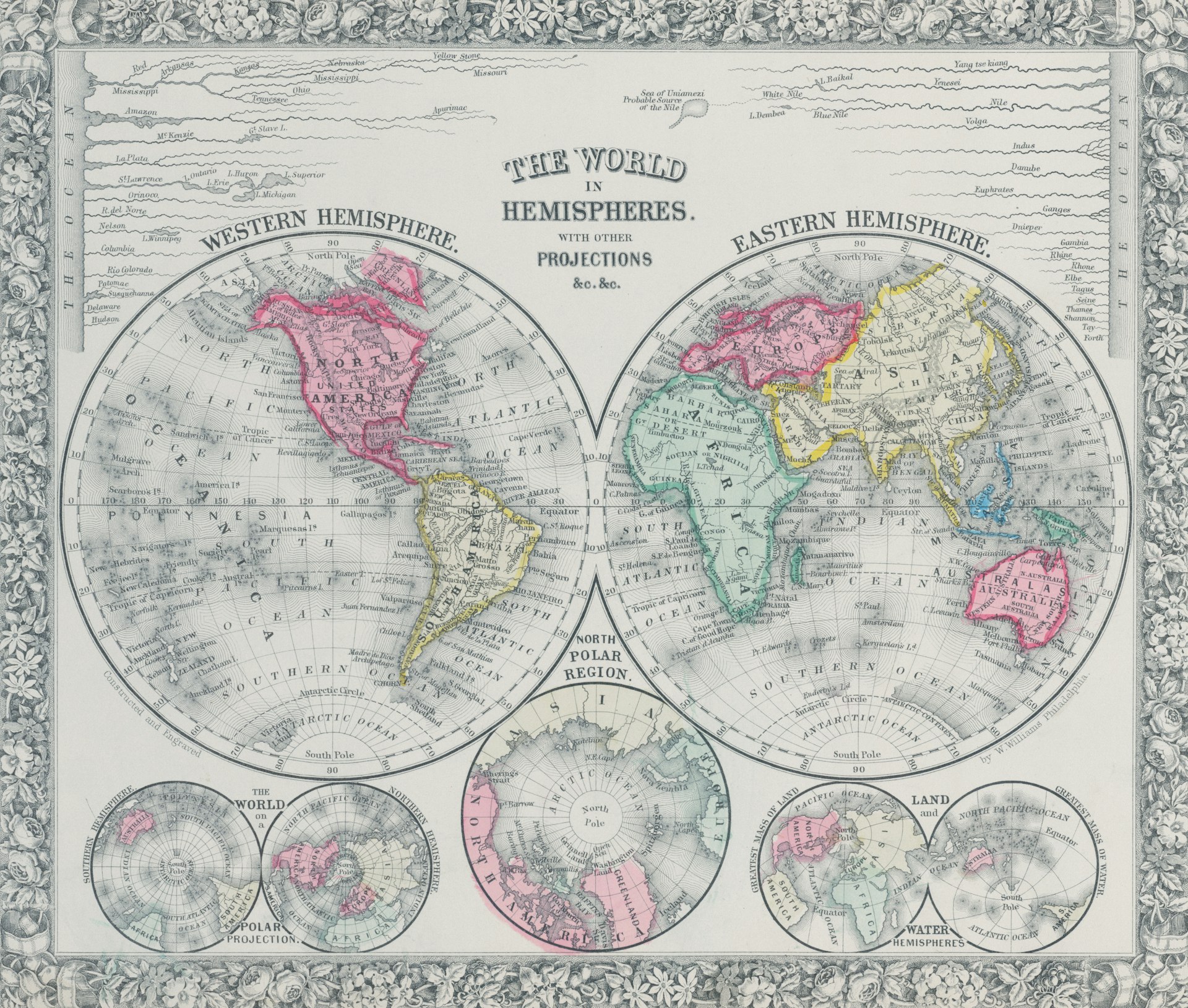A Comprehensive Guide to the Rise and Fall of Major World Empires


Photo by The New York Public Library on Unsplash
Introduction
The story of world empires is one of ambition, innovation, and profound cultural transformation. From early civilizations in Mesopotamia to the sprawling colonial powers of the modern era, empires have played a central role in shaping political borders, economies, and societies. Their legacies remain visible in contemporary institutions, languages, and global relationships. Understanding the rise and fall of empires offers valuable insights into patterns of governance, the diffusion of technology, and the causes behind both expansion and decline.
Origins of Empire: Early Civilizations and Expansion
The concept of empire began with early states that sought to expand their influence over neighboring territories. Among the first known empires was the Akkadian Empire in Mesopotamia around 2350 BC, noted for unifying diverse peoples under a centralized authority. The Akkadians established many hallmarks of imperial governance, such as standardized taxation and legal codes. Following them, powers like the Hittite , Assyrian , and Persian Empires dominated large swaths of the ancient Near East, each bringing innovations in administration, military strategy, and infrastructure development [1] .
In Egypt and China, dynastic empires such as the New Kingdom of Egypt and the Shang and Zhou dynasties consolidated regional power through agricultural advances, monumental architecture, and complex bureaucracies. These early empires demonstrated the effectiveness of combining military prowess with administrative sophistication [2] .

Photo by The New York Public Library on Unsplash
Classical Empires: Unity and Diversity
The classical period saw the emergence of empires that profoundly influenced world history. The Greek Empire under Alexander the Great spread Hellenistic culture across three continents, blending local traditions with Greek philosophy and science. The Roman Empire refined governance with innovations like citizenship, Roman law, and extensive road networks, facilitating commerce and communication across Europe, North Africa, and the Middle East [3] . The Han dynasty in China contemporaneously established a centralized state apparatus and the Silk Road, facilitating trade between East and West.
These empires managed vast, diverse populations using systems of provincial administration, standardized currencies, and, in some cases, religious tolerance. Their successes and failures offer important case studies for understanding how empires maintained unity while accommodating diversity [4] .
Medieval Empires: Faith, Trade, and Transition
The medieval era saw the rise of new empires driven by faith and commerce. The Byzantine Empire continued Roman traditions in the East, fostering Orthodox Christianity and preserving classical knowledge. The Islamic Caliphates (Umayyad and Abbasid) expanded rapidly from the Arabian Peninsula, uniting lands from Spain to Central Asia through a combination of military conquest and effective governance [5] . These empires were notable for their advancements in science, architecture, and urban planning.
In Africa, the Mali and Songhai empires controlled lucrative trans-Saharan trade routes, fostering urban centers like Timbuktu. In Asia, the Mongol Empire became the largest contiguous land empire in history, enabling an unprecedented exchange of goods and ideas across Eurasia. Medieval empires were dynamic, with shifting borders due to internal strife, external pressures, and the rise of new powers [4] .
Early Modern Empires: Exploration and Colonization
The early modern period marked the transition to global empires. European powers like Portugal , Spain , Britain , France , and the Netherlands established overseas colonies, exploiting new maritime technologies and seeking wealth through trade and resource extraction. The Ottoman Empire controlled key land routes between Europe and Asia, influencing politics and commerce for centuries [2] . Meanwhile, the Mughal Empire in India presided over a rich and diverse society, renowned for its art, architecture, and tolerance.
Empires in this era often used chartered companies or direct military intervention to control distant territories. The competition for resources and markets spurred technological innovation, but also led to conflict, exploitation, and the displacement of indigenous peoples. The legacies of colonial empires continue to shape modern economic and social structures [1] .
Modern Empires and Decolonization
The modern era saw the zenith and decline of empire as a form of political organization. The British Empire became the largest in history by land area, encompassing territories on every continent. The French , Russian , Ottoman , and Japanese empires also wielded significant global influence. However, two world wars, nationalist movements, and changing economic realities led to widespread decolonization in the 20th century [1] .
Former colonies gained independence, leading to the formation of new states and regional organizations. The end of formal empires did not end imperial influence-many contemporary global issues, from language and legal systems to economic inequalities, can be traced to imperial legacies. Debates about reparations, cultural heritage, and political autonomy continue to draw on the history of empire [2] .
How to Research World Empires: Step-by-Step Guidance
If you are interested in exploring the history of world empires further, consider the following actionable steps:
- Identify Areas of Interest: Decide whether you are most interested in a particular region, time period, or theme (such as trade, art, or military history). This focus will help streamline your research.
- Use Library and Academic Resources: University libraries and public archives are excellent starting points. Many institutions offer digital access to primary sources and scholarly works. When searching, use terms like “history of [empire name]”, “imperial administration”, or “colonial legacies”.
- Consult Museum Collections and Online Chronologies: Reputable institutions such as The Metropolitan Museum of Art provide chronological guides and educational materials on major empires. You can search their official site for “world empires chronology” or “empire art collections” [5] .
- Explore Academic Journals: Databases like JSTOR and Project MUSE offer peer-reviewed articles. Access may require institutional credentials or a public library card. Search for terms like “imperial governance” or “colonialism and its impact”.
- Leverage Verified Online Timelines: Websites such as Local Histories provide accessible, chronological overviews of major empires. Use official search terms like “empire timeline” or “rise and fall of empires” [4] .
- Attend Public Lectures and Online Courses: Many universities and cultural organizations offer free or low-cost lectures and MOOCs (Massive Open Online Courses) on the history of empires. Search for “history of empires online course” and review offerings from well-known educational institutions.
- Visit Official Government and Archival Sites: For primary documents, consult the national archives of relevant countries. Search for “[country name] national archives” for official portals. Access to digitized documents may vary.
Potential Challenges and Alternative Approaches
Researching the history of world empires can be complex due to the vast scope, language barriers, and interpretation of sources. Some challenges include:
- Language and Translation: Many primary sources are not in English. Consider using translation tools or working with academic translations for non-English empires.
- Bias and Perspective: Be aware that historical sources may reflect the biases of their creators. Cross-reference multiple sources and seek out diverse scholarly perspectives to develop a balanced understanding.
- Access to Materials: Not all archives are digitized. If you encounter paywalls or unavailable documents, consider reaching out to librarians, utilizing interlibrary loan services, or accessing public domain materials.
When encountering obstacles, alternative approaches include focusing on secondary sources, engaging with online history forums, or joining local historical societies for collaborative research opportunities.
Key Takeaways and Next Steps
The history of world empires is a dynamic field, offering lessons on leadership, cultural exchange, and social change. Whether you are a student, educator, or history enthusiast, exploring the legacies of empire provides context for understanding today’s global landscape.
To continue your journey, regularly consult updated academic publications, visit museum exhibitions, and participate in discussions with fellow researchers. Stay curious and critical-history is both a record of the past and a guide for the future.
References
- [1] Wikipedia (2024). List of largest empires. Summarizes global empires by size, population, and chronology.
- [2] Global Policy Forum (2024). Empires in World History. Overview of major empires and their impact.
- [3] SlideShare (2015). A Timeline of World Empires. Timeline and summary of key empires and events.
- [4] Local Histories (2024). A Timeline of World Empires. Chronological summary and major milestones.
- [5] The Metropolitan Museum of Art (2024). Chronology. Overview of world empires and dynasties.






